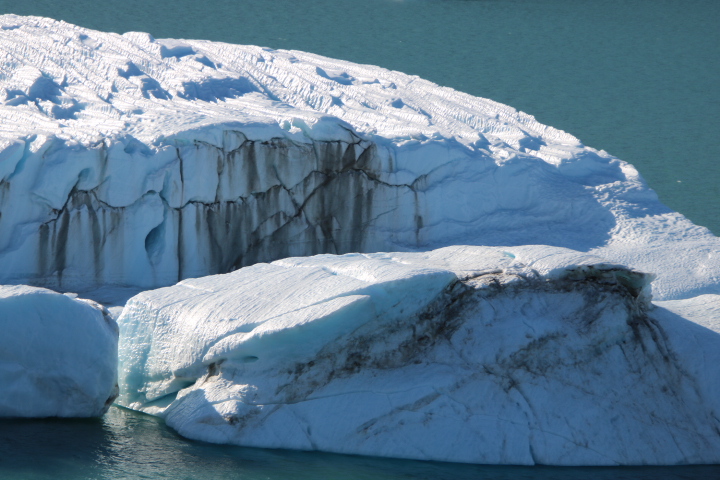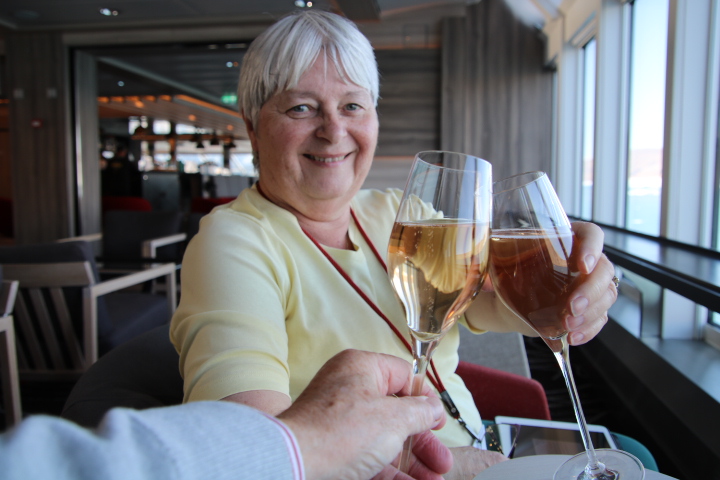At 0800 we were in Lancaster Sound heading east, off northwest Baffin Island. The sea was calm and with sunshine we were at 1.7⁰C. Icebergs are alongside us as we move eastwards. On both sides are the sedimentary rocks that exhibit life before the last Ice Age. At lunchtime we turned into Croker Bay.






In the years following the Battle of Waterloo there was a renewed interest in finding the NWP. Three people played an important role in the reinvigorated quest for the NWP.
- William Scoresby Junior was the most successful whaling captain of the time
- Sir Joseph Banks, the President of the Royal Society, who had already received information from Scoresby, about “2,000 square leagues on the surface at around 74N and a possibility of a clear voyage westwards”
- John Barrow, Permanent Secretary to the Admiralty was enthusiastic about an expedition. However, Scoresby was a whaler and therefore could never command an Admiralty vessel.
The mission was, therefore, led by Commander John Ross and W. E. Parry. Two ships were prepared – Isabella (Ross) and Alexander (Parry). They sailed from Deptford in April 1818. By June they were in the Arctic, entered the Davis Strait, crossed the Arctic Circle and encountered icebergs in the Davis Strait where they encountered pack ice which led them to follow the English whalers to take shelter off Greenland. By late August they were off Baffin Island and foresaw openings of a passage. Sailing west Parry thought he had found the passage and as the crews lined the decks fog obscured the horizon. Ross was confident that what he had found was only an inlet. As the fog broke, he saw a ridge of high mountains blocking the end of the inlet and he knew that this was a dead end. He named the bay after Admiral John Wilson Croker, the First Secretary to the Admiralty. He then sailed outwards into the Lancaster Sound. In London, this was seen as a sarcastic dig of the Admiralty because of their out of touch approach. When Ross saw the mountains at the end of the fjord it was seen as a mistake by the Admiralty and claimed it was a mirage. Having been there twice it is possible that in the early morning one sees mountains and not sea and later see the whole fjord with mountains sea and ice.
On a personal level we are celebrating because we have completed an NWP transit. Five years ago, our transit from the east ended here as we were blocked by ice to the west. Today we made it! Cheers!

